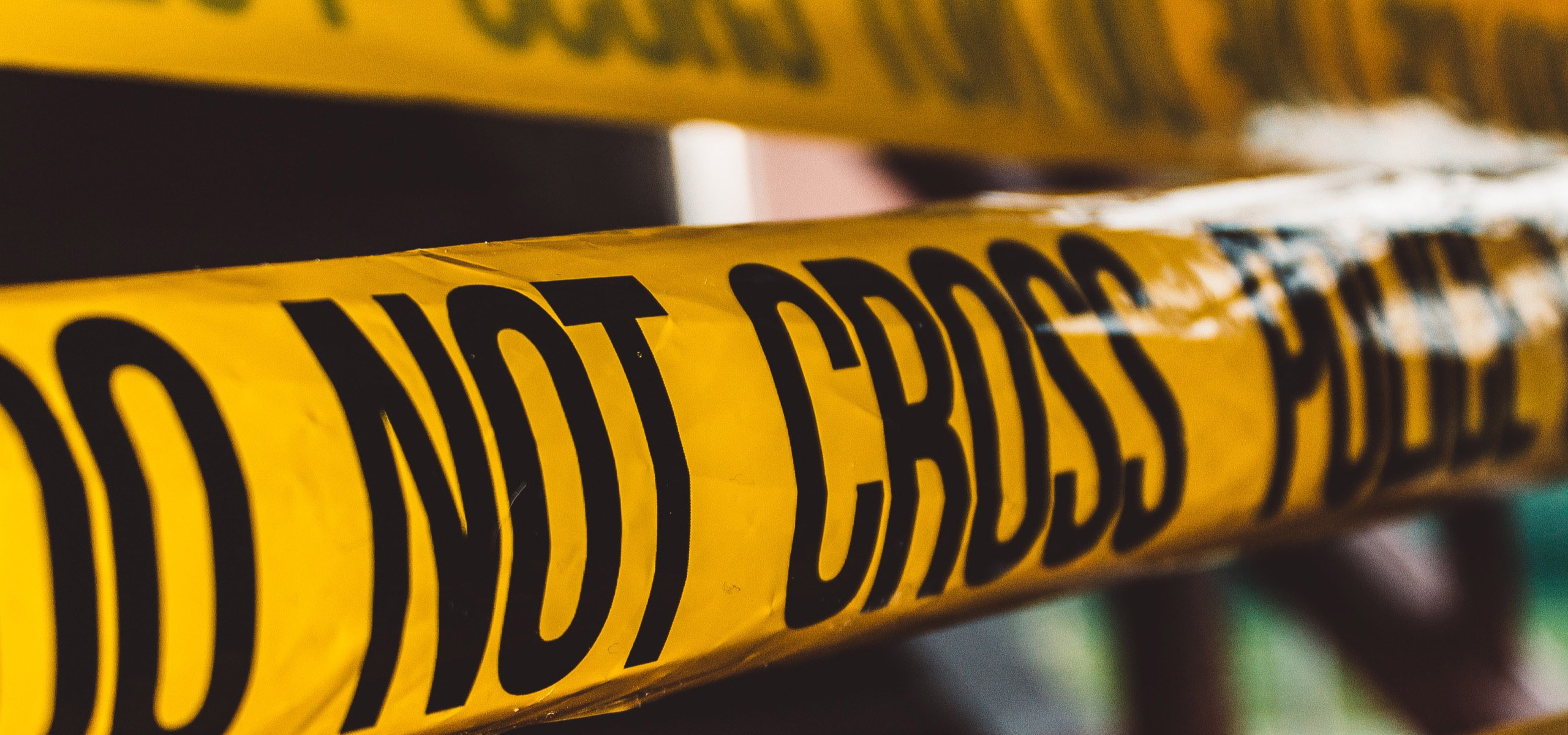Crime scene and biohazard cleanup are intense tasks that require the care and skill of a certified restoration specialist. This is demanding and challenging work that is not suited for just anyone to take on. Cleanup for these types of scenes often results in working long and unpredictable hours. The restoration of these potentially horrific and dangerous scenes requires the utmost professionalism, compassion, and astute attention to detail.
Specialized training
Restoration professionals complete a number of specialized training programs to learn how to properly clean scenes that contain a number of safety hazards. The emotional intensity and nature of biohazard cleanup involving blood or body tissue require the unique skill set developed by seasoned restoration professionals. Out of consideration for the property owner, the victims and the surrounding community, crime scene cleanups usually have to be completed quickly and discreetly.
Health and safety requirements
There are also a number of health and safety regulations that have to be met in order to ensure everyone’s well-being when the property is re-entered. Restorers are the select few who can meet compliance standards under strict deadlines in these types of intense environments, day or night. Being compassionate when communicating with anyone affected by the crime scene is also an important part of the process. The scene may need to be restored following a violent crime, homicide, suicide, or unattended death.
Infectious disease and bacteria risks
Beyond the trauma of the incident, infectious diseases and bacteria are risks only suitable for a certified, qualified professional to remove and discard. Successfully executing a meticulous and detailed-oriented cleanup under immense pressure is standard protocol when completing restorations involving biohazards and crime scenes. In addition to the biohazards on the scene, the property may have sustained significant structural damage that has to be restored within a short timeframe as well.
Restorers help ensure that no one who enters the scene after it’s cleaned is exposed to harmful diseases like Hepatitis B, Hepatitis C, AIDS, or HIV. Aside from the saturation on the floor, blood often splatters on the walls and up to the ceilings as well. Any flooring, carpeting, or furniture potentially exposed to pathogens typically need to be removed and replaced or restored. Everything in the affected area has to be cleaned completely.
Sewage backups and contaminated water
A scene can also become a biohazard if the sewage backs with contaminated water, subjecting occupants to approximately two dozen dangerous diseases and parasites. In addition, restorers are professionally trained to come in and remove rare foreign agents from the scene like Ebola or Anthrax, or more common household threats like E. coli, pinworms, and salmonella. Contracting bacteria or diseases from a crime scene can cause returning and future occupants to develop a number of lifelong health conditions that may not always be reversed.
Protective gear
Restorers typically wear protective gear and use commercial-grade equipment, foggers, air purifiers, disinfectants, and waste containers to sanitize the site and bring it back to the original quality. Restoration professionals work systematically through a process proven to the appropriate amount of care and attention in restoring the premises back to the best condition possible.
